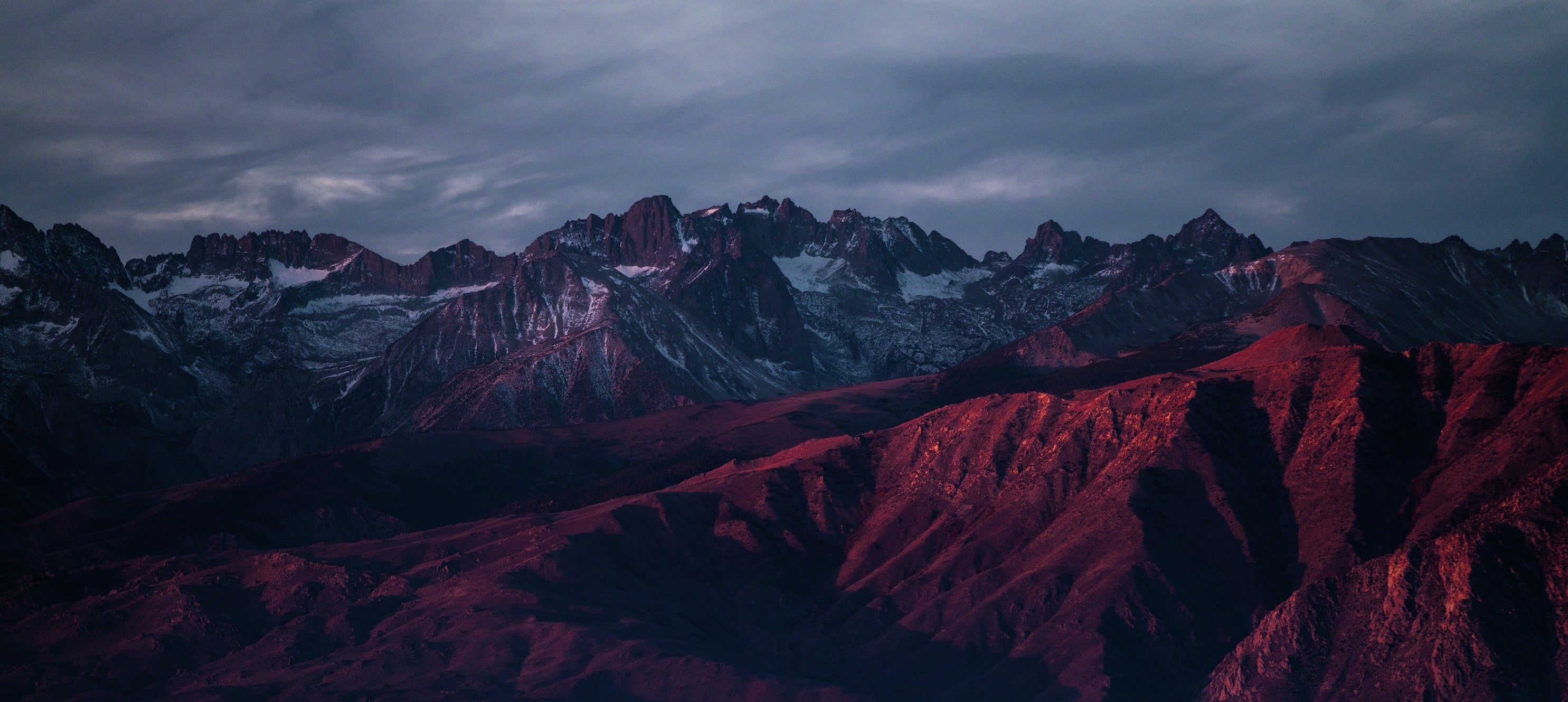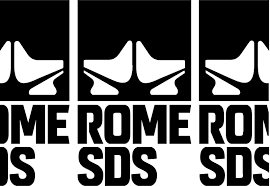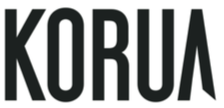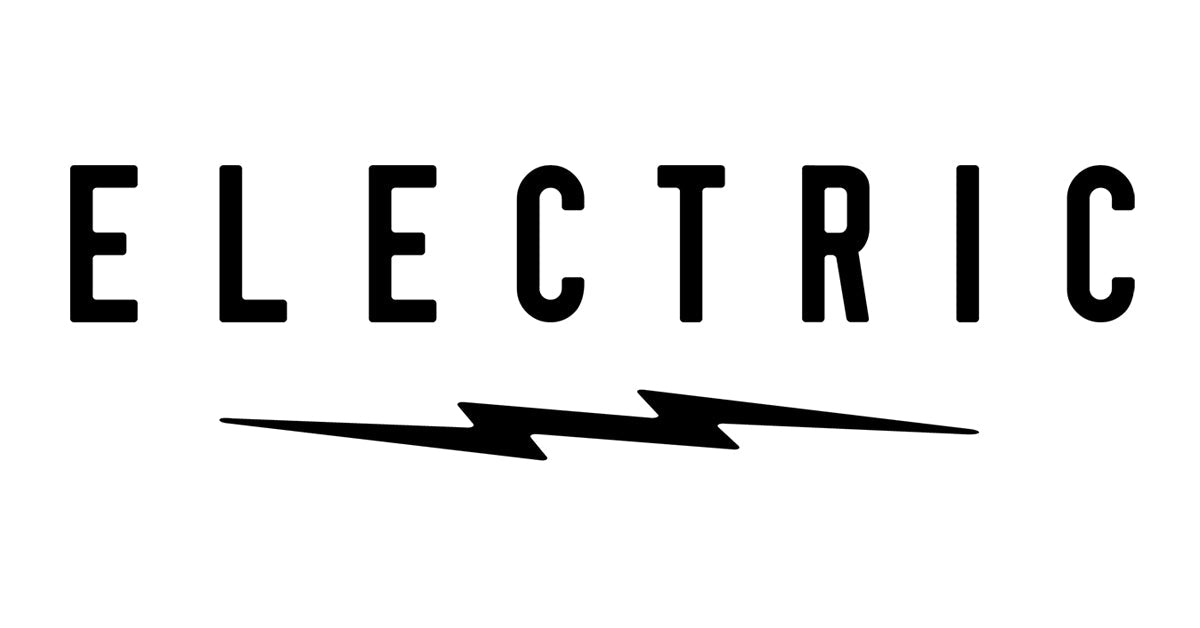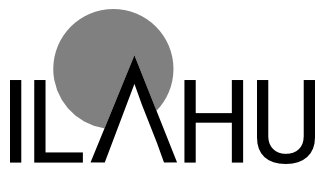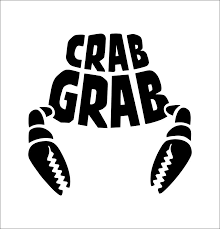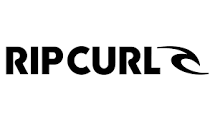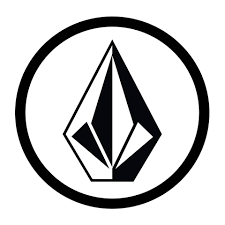Heading 1
Use this text to share information about your brand with your customers. Describe a product, share announcements, or welcome customers to your store.
Heading 2
Use this text to share information about your brand with your customers. Describe a product, share announcements, or welcome customers to your store.
Heading 1
Use this text to share information about your brand with your customers. Describe a product, share announcements, or welcome customers to your store.
Heading 2
Use this text to share information about your brand with your customers. Describe a product, share announcements, or welcome customers to your store.
Differences in snowboards (wide, normal, directional, twin, etc.)
Snowboarding is a versatile sport that covers different styles and terrains. There are countless different types of snowboards, but how do you know which one is right for you? In this blog, we go through the special features of snowboards, such as normal snowboard, wide snowboard, directional and twin, so that you can make an informed decision about your next board purchase.
Standard Snowboard : This is the most common type of snowboard suitable for most conditions and terrain. It is versatile and suitable for beginners.
Wide snowboard : The wide snowboard is designed especially for skiers with large feet (shoe size usually over 44 EU). They prevent the toe and rear end of the shoe from hitting the snow when cornering, which could lead to a fall.
Directional : Directional boards are designed to be lowered in one direction. They are often optimized for forward skiing and tend to have more flex in the toe than the rear end. They are popular for off-piste and powder skiers.
Twin : Twin boards are symmetrical and designed to be lowered in both directions. They are ideal for park skiers who want to do tricks and jumps, because the board behaves the same when landing forwards and backwards.
Other specialties :
- Camber & Rocker : These reflect the flex of the board. Camber gives the board effort and edge grip, while rocker offers more buoyancy in soft snow.
- Splitboard : This board can be split into two parts, making it a pair of skis. Ideal for backcountry skiing and excursions in remote locations.
When choosing a board, think about where and how you are going to do your skiing. Is your passion skiing in powder snow, tricks in the park, or versatile all-mountain skiing? There is a board for every style and terrain.

